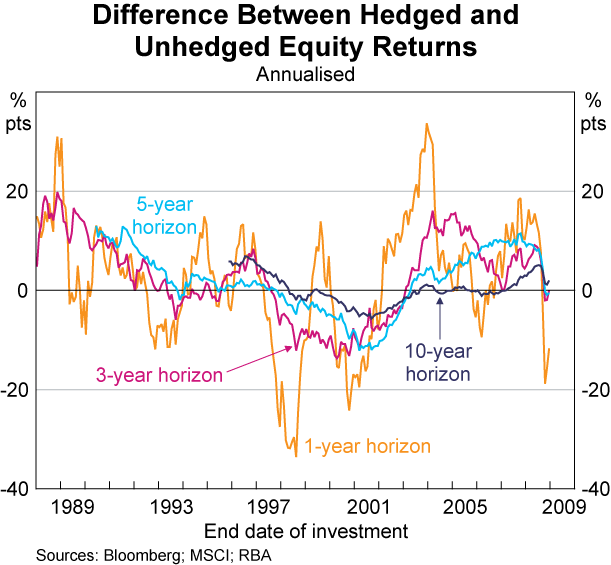The Australian Dollar Investment U
Post on: 16 Март, 2015 No Comment

by Tony DAltorio Tuesday, October 5, 2010 Market Trends
Tuesday, October 5, 2010
Sometimes called the Lucky Country, Australia has certainly paid off for currency investors this year.
The Australian dollar, or Aussie, has outperformed most of the competition so far in 2010. With a gain of about 7% against the U.S. dollar, it trails only the Japanese yen’s 10% rise.
That leaves investors wondering whether the Australian and U.S. dollars might soon equal each other. The former has risen relentlessly towards the $1 mark recently, now even above 96 cents for the first time in over two years.
It set its previous all-time high in July 2008 when it hit 98.5 cents.
Some optimistic currency analysts think the Australian dollar will equal the U.S dollar before the end of 2010. Whether that happens or not though isn’t really important.
Long-Term Outlook for the Australian Dollar
Investors should instead focus on long-term outlooks. After all, the Australian currency has a lot going for it right now.
The equivalent of our Federal Reserve, the Reserve Bank of Australia, is forecasted to lift interest rates as much as 1.5 percentage points by the end of 2011. Meanwhile, the U.S. will continue on with near zero interest rates for an extended period.
Such rate increases aim to temper growth and inflationary pressures. And it will also boost the Aussie’s yield attraction even more.
Yields on Australian government securities are hovering near the 5% level. Again, U.S. Treasury bills yield near zero and even a 10-year Treasury note only gives about 2.5%.
Despite recent news, Kit Juckes at Societe Generale said owning currencies of central banks that want to raise rates and allow their currency to appreciate isn’t a bad idea. And he specifically pointed to the Australian dollar as an example.
Economic Strength Paints a Bright Picture For the Australian Dollar
The strong Australian economy definitely has factored into higher interest rates there. With constant growth for nearly two decades, it doesn’t show any sign of slowing down.
Sure, there are the naysayers out there that don’t see Australia holding up for long. Goldman Sachs, for one, thinks the Aussie will sink under 80 U.S. cents within 5 years.
But others, like Clifford Bennett, an economist at Herston Economics, thinks not. He first predicted Australian dollar parity with the U.S. dollar in May 2006: What people have to realize is that this is a long-term re-pricing of the Australian dollar to a higher range. It is not an aberrant event .
He believes the Aussie will reach as high as $1.12 in 2012 on the back of the country’s continuing prosperity. We are 22 million people sitting on a pile of wealthy rocks , he explains, and we are right on the doorstep of Asia .
The Australian Dollar — A Rare Commodity Currency
Overly optimistic though he might be, Bennett is right in noting that the Australian dollar is a rare commodity currency. As such, it acts as a good proxy for Asian growth.
Mr. Juckes summed up the current outlook by saying: The Australian dollar is the most obvious winner from global economic recovery and rebalancing . And where the strong Chinese economy goes, so will the Aussie.
Of course, that means that whenever China has a hiccup, the Australian dollar gets volatile. A little over three months after hitting its $0.985 record in 2008, it fell to as low as $0.6013.
But obviously, that didn’t last. And investors who can stomach the volatility can reap great results through one particular ETF.
The portfolio of the Rydex CurrencyShares Australian Dollar Trust (NYSE: FXA ) consists entirely of Australian dollars. It has an expense ratio of only 0.40% and currently pays an interest rate of 4%. Also in its favor, it offers a monthly distribution to its shareholders.
For those investors who think the Australian economy has something going on, FXA opens a great way to play it right.














